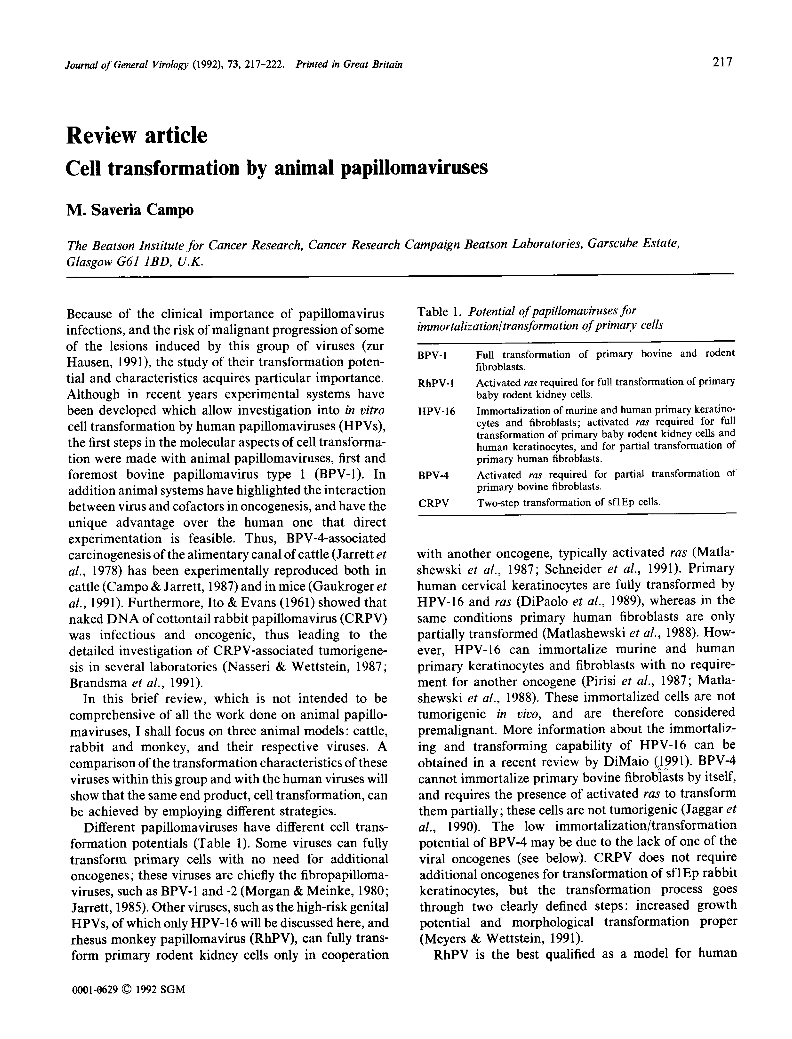
Full text loading...

Review article: Cell transformation by animal papillomaviruses, Page 1 of 1
< Previous page | Next page > /docserver/preview/fulltext/jgv/73/2/JV0730020217-1.gif
There is no abstract available.

Article metrics loading...

Full text loading...
References


Data & Media loading...
